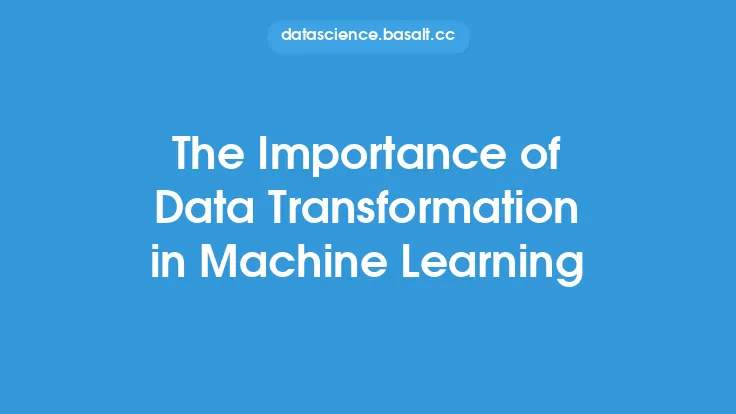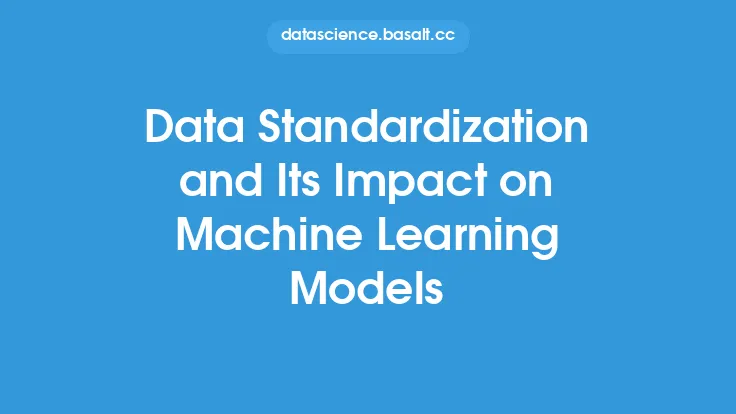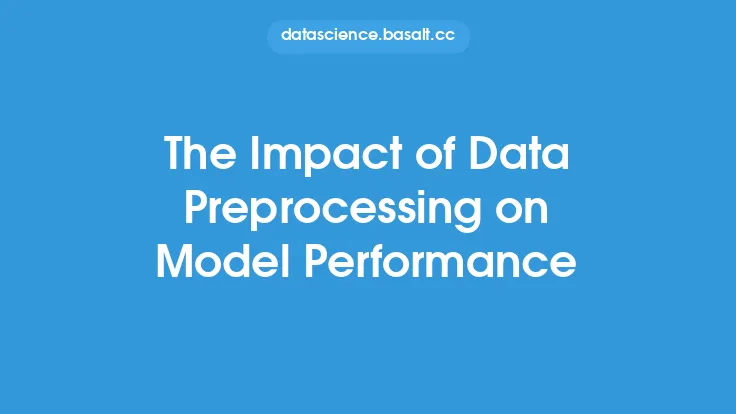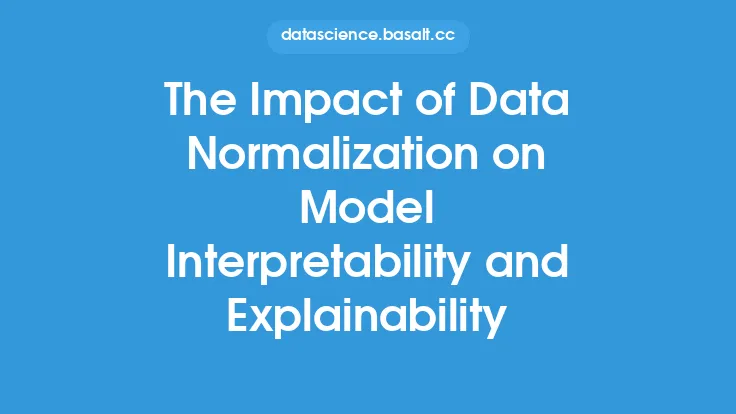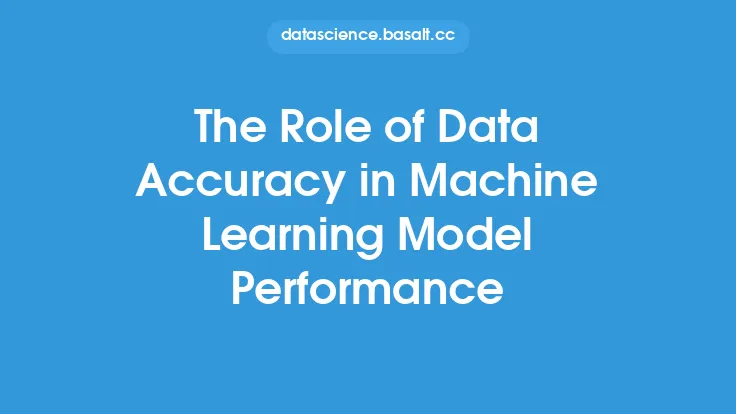Incomplete data is a pervasive issue in machine learning, where models are trained on datasets that are missing values, contain inconsistent or erroneous entries, or lack relevant information. This can have far-reaching consequences on the performance, reliability, and accuracy of machine learning models. In this article, we will delve into the impact of incomplete data on machine learning models, exploring the types of incomplete data, the effects on model performance, and the techniques used to mitigate these effects.
Types of Incomplete Data
Incomplete data can manifest in various forms, including missing values, noisy or erroneous data, and inconsistent data. Missing values occur when a dataset is missing information for a particular feature or sample. Noisy or erroneous data, on the other hand, refers to data that contains errors or inconsistencies, such as outliers, duplicates, or incorrect entries. Inconsistent data, meanwhile, arises when data is collected from different sources or at different times, leading to differences in formatting, scaling, or representation. Each of these types of incomplete data can have significant effects on machine learning models, from reducing their accuracy to introducing biases and errors.
Effects on Model Performance
The impact of incomplete data on machine learning models can be profound. When a model is trained on incomplete data, it may learn to recognize patterns and relationships that are not representative of the true underlying data. This can result in poor performance on unseen data, as the model is not able to generalize effectively. Furthermore, incomplete data can introduce biases into the model, leading to discriminatory or unfair outcomes. For instance, if a dataset is missing values for a particular demographic group, the model may learn to discriminate against that group, perpetuating existing biases. In addition, incomplete data can increase the risk of overfitting, where the model becomes overly specialized to the training data and fails to generalize to new, unseen data.
Techniques for Handling Incomplete Data
To mitigate the effects of incomplete data, several techniques can be employed. One common approach is to use imputation methods, which involve filling in missing values with estimated or predicted values. This can be done using simple methods, such as mean or median imputation, or more complex techniques, such as regression imputation or multiple imputation. Another approach is to use data augmentation techniques, which involve generating additional data samples to supplement the existing dataset. This can help to increase the size and diversity of the dataset, reducing the impact of incomplete data. Additionally, techniques such as data normalization and feature scaling can help to reduce the effects of noisy or erroneous data.
Advanced Techniques for Handling Incomplete Data
In addition to the techniques mentioned above, several advanced methods can be used to handle incomplete data. One such method is to use machine learning algorithms that are specifically designed to handle missing data, such as random forests or gradient boosting machines. These algorithms can learn to recognize patterns and relationships in the data even when there are missing values. Another approach is to use deep learning techniques, such as autoencoders or generative adversarial networks (GANs), which can learn to represent the data in a compact and robust manner, reducing the impact of incomplete data. Furthermore, techniques such as transfer learning and meta-learning can be used to leverage pre-trained models and learn to adapt to new, incomplete datasets.
Best Practices for Working with Incomplete Data
When working with incomplete data, several best practices can be followed to minimize its impact. First, it is essential to carefully explore and understand the dataset, identifying areas where data is missing or inconsistent. Next, it is crucial to select the most appropriate techniques for handling incomplete data, depending on the specific characteristics of the dataset and the goals of the project. Additionally, it is important to evaluate the performance of the model on a holdout set, to ensure that it is generalizing effectively to unseen data. Finally, it is vital to consider the potential biases and errors introduced by incomplete data, and to take steps to mitigate these effects, such as using techniques like data augmentation or transfer learning.
Conclusion
Incomplete data is a pervasive issue in machine learning, with significant effects on the performance, reliability, and accuracy of models. By understanding the types of incomplete data, the effects on model performance, and the techniques used to mitigate these effects, data scientists and machine learning practitioners can take steps to minimize the impact of incomplete data. From simple imputation methods to advanced techniques like deep learning and transfer learning, a range of approaches can be employed to handle incomplete data. By following best practices and carefully evaluating the performance of models, it is possible to develop reliable and accurate machine learning models, even in the presence of incomplete data.

